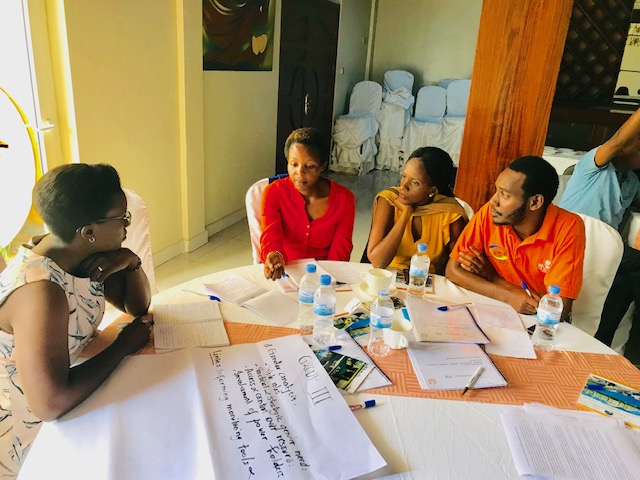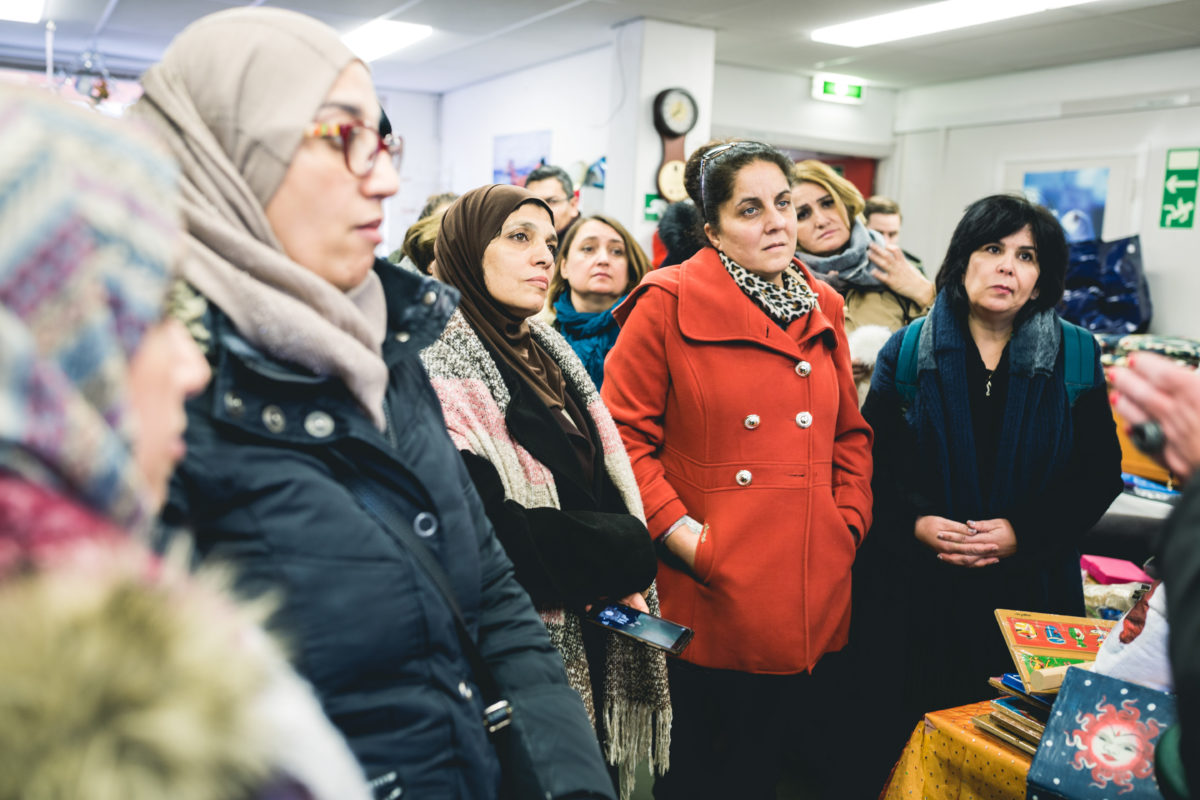This post was originally published in 2015.
Do you want to become a more efficient organisation or institution? Then consider more sufficient effort into improving diversity, gender equality and gender balance into your organisation. Check if you have taken the following measures:
- Know the facts. What is the situation in your organisation? How are the various job categories at your workplace divided between men and women? Are some already reasonably balanced? Are leadership positions as a category more skewed than others? How does your organisation compare to its competitors in the same industry or sector? If you’re going to try to fix a problem, you must first be able to describe it. You have to know what the numbers were yesterday if you want to change them today.
- Recognise that gender balance is not exclusively a women’s issue. Convince yourself that the entire organisation benefits when its workforce is more diverse. This is a crucial step, and there are many resources you can use to develop your own thoughts. Recent research shows the relationship between gender balance and problem-solving skills in groups.
- Get the leadership of your organisation on board. It’s crucial that leadership at the highest level embraces the importance of this issue. If the top leadership of your organisation doesn’t see the value of increased diversity, your road towards an improved workplace and improved performance are going to be much longer. This is why it’s important to spend time on step #2, assimilating the best and most relevant arguments you can find.
- Set specific and concrete goals. If your top leadership people come to see better gender balance as a tool for more effectively meeting the organisation’s objectives, they should articulate explicit goals. When your institutional leadership sets explicit goals, the rest of the organisation understands that action must be taken to try to meet those goals. Programs must be developed and implemented; progress must be measured. Goals such as Become better or Increase our numbers are not enough to trigger action. Get your leadership to use specific equality targets as leadership tools.
- Identify individuals who are motivated to advance and invest in them. Gender imbalance in organisations usually increases as we move higher in the organisation. Yet, the importance of gender balance in leadership teams is particularly well documented in the research mentioned above. To improve gender balance at higher levels, individuals who are motivated to move up must be identified. Who is qualified, or close to qualified? How can your organisation create the necessary support structures around them so that promotion becomes realistic? Gender imbalance at higher levels in organizations is not mysterious. The most significant barriers for women not making it to the top are structural, such as the subjectivity of peer evaluation or the implicit prejudice yielding a motherhood penalty. Identify individuals who are motivated to advance, and then develop strategies for maneuvering past structural barriers.
(The above text is originally taken from the essay “6 Steps to Gender Equality” by Mr. Curt Rice, professor at the University of Tromsø, Norway).
If you are more interested in the practical integration of gender in all dimensions of (local) governance, including participation, accountability and transparency as well as the role of women and men in providing equitable service delivery, then consider participating in our upcoming training course on Gender Responsive Governance.
This expert-led course aims to boost your knowledge about gender concepts and increase your awareness of the latest insights in gender-responsive governance. Additionally, it will help you:
- Identify and implement strategies to increase participation and representation of women and marginalised groups in an organisation or society at large;
- Adopt tools for conducting gender analysis, gender-responsive budgeting and mainstreaming gender in programmes or projects; and
- Improve your personal skills in leadership, lobby & advocacy and negotiation techniques.
Related Resources
Strengthening Gender Equality in Rwanda
15 February 2019
From 27 to 29 November 2018, the Academy organised a three-day course on Gender Sensitive Inclusive Governance in Bugesera, Rwanda. The course addressed specific needs of the Gender Monitoring Office (GMO), a constitutional regulatory body established by the Government of Rwanda to monitor the respect of gender equality principles, promote gender accountability at all government levels, and combat gender-based violence and related injustices.
Applying Gender Sensitive Strategies at the Local Level
18 December 2018
From 19 to 30 November 2018, The Hague Academy convened its annual open course on Gender Responsive Governance. Participants from nine countries, including Eswatini, New Zealand, Palestine, and Ukraine, gathered to discuss practical approaches to improving the meaningful participation of marginalised groups.
Related courses
We offer a diversity of courses throughout the year. Here are several other courses you might like.



